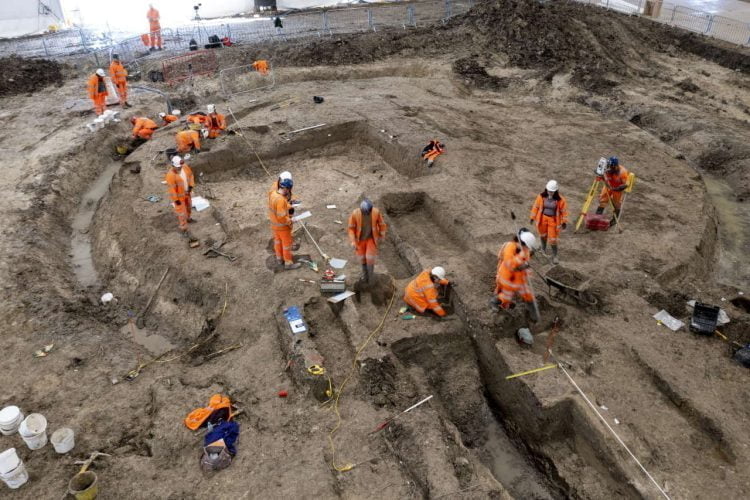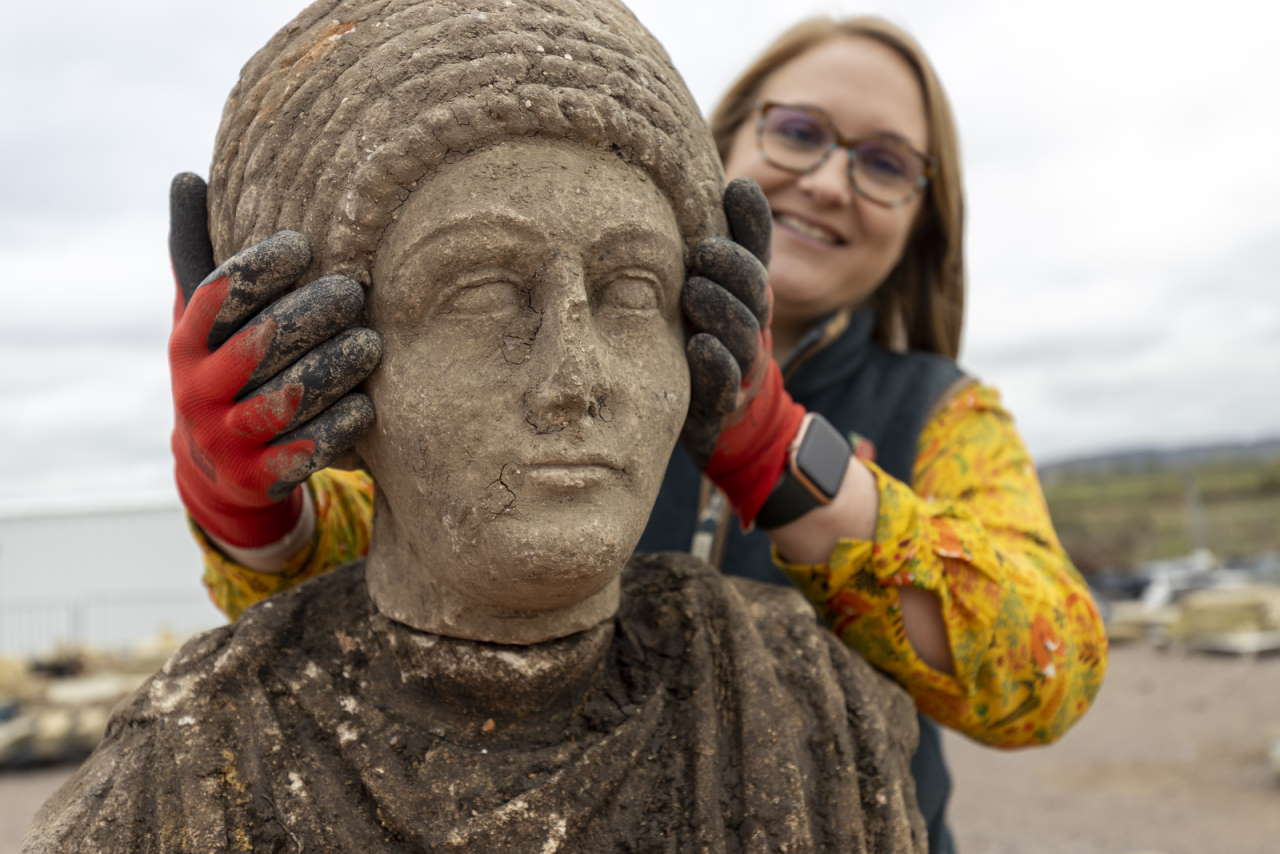Consortium Access+ is to carry out a six-year project to audit the archaeological discoveries made during the construction of the high-speed rail line HS2.
The consortium, which is led by Headland Archaeology, will first draw up a detailed design for the work, and will then move on to delivering research, analysis, publication and archiving.
HS2 has worked with Historic England to develop the scope of the contract awarded to Access+, which encompasses all the historic buildings and archaeological and investigations carried out by HS2. The project builds on HS2’s Historic Environment Research and Delivery Strategy.
While building HS2, fieldworkers have made numerous discoveries along the 140-mile route between London and the West Midlands. However, HS2 believes that these “tell only half the story”. It is hoped that the extra analysis that Access+ will carry out will provide more detail about British history, which will enhance the value of HS2’s fieldwork.
HS2 began its programme of archaeological investigation in 2018 and has examined more than sixty sites as part of its infrastructure programme.
More than a thousand archaeologists and specialists have been involved in the work, making wide-ranging discoveries including Romano-British busts in Buckinghamshire found in 2021, Anglo-Saxon burials containing jewellery and artefacts in Northamptonshire, Iron Age coins in West London, and the oldest railway roundhouse in the world, designed by Robert Stephenson, in Birmingham.

When the post-excavation research is complete, HS2 plans to deposit the artefacts in museums near the route where they were found. It will also share the knowledge gained from the research through books, lectures, exhibitions, social media and other online resources.
The research will generate a sizeable digital archive generated, which HS2 will deposit with the Archaeology Data Service.
It hopes this will provide what it calls an “unparalleled” resource which everyone will be able to access without charge.
In the Access+ consortium, Headland Archaeology will work with 4AD Consultants, ARUP, Copper Consultancy, DigVentures, Museum of London Archaeology (MOLA), HSE Solutions, and a range of industry and academic specialists.

“HS2’s archaeological fieldwork was unprecedented in its size and scale and explored over 10,000 years of British history. This next phase of work will deepen our understanding of the fascinating history of Britain, with further analysis of the discoveries.
“Our contractor, Access+ will be delivering on our commitment to share our findings with local communities and leave a lasting legacy for years to come.”
Helen Wass, Head of Historic Environment at HS2 Ltd






Responses